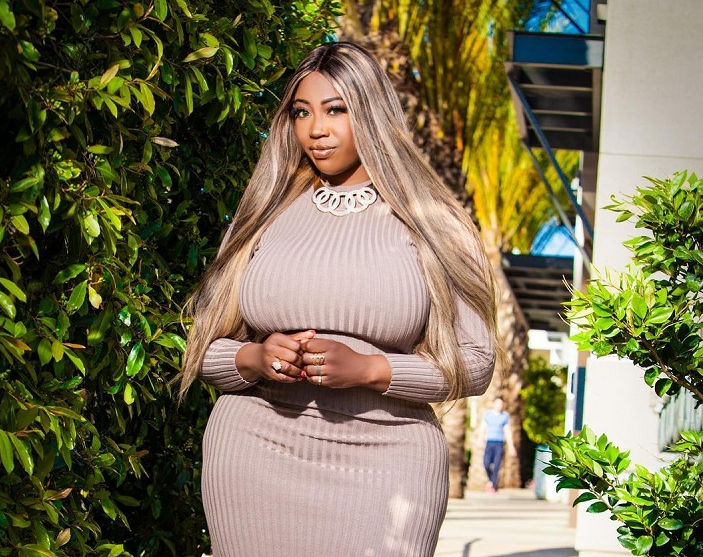There's something magical about victoria cakes. You know, that soft sponge cake layered with jam and buttercream? It’s not just a dessert; it’s an experience. Imagine walking into a bakery, the smell of freshly baked goods hitting you like a warm hug, and there it is—a perfectly golden victoria cake sitting proudly on display. It’s the kind of treat that makes you stop in your tracks and say, “Yeah, life is good.”
But what makes victoria cakes so special? Is it the simplicity of its ingredients? The nostalgic charm it brings? Or maybe it's the fact that this cake has been around for generations, standing the test of time like a true champion of the dessert world? Whatever it is, one thing’s for sure: victoria cakes have earned their place in the hearts—and stomachs—of millions of people around the globe.
Now, before we dive deep into the world of victoria cakes, let me just say this—if you're reading this, you're either already a fan or you're about to become one. And honestly, who wouldn’t want to be? These cakes aren’t just delicious; they’re a piece of history, a symbol of celebration, and a reminder of all the little things that make life sweet. So grab yourself a cup of tea, settle in, and let’s explore why victoria cakes deserve a spot on every table.
Read also:Shante Broadus The Story Of A Remarkable Woman Who Turned Heads In The Entertainment World
What Exactly Are Victoria Cakes?
Let’s start with the basics, shall we? A victoria cake, also known as a victoria sandwich cake, is essentially a sponge cake made from butter, sugar, eggs, and flour. The layers are usually filled with raspberry or strawberry jam and topped off with a generous helping of buttercream or whipped cream. It’s simple, yes, but don’t let that fool you—this cake is pure magic.
Named after Queen Victoria herself, this dessert became popular during her reign in the 19th century. Back then, it was served at royal gatherings and quickly became a favorite among the British aristocracy. Over time, it trickled down to the masses and became a staple at birthday parties, afternoon teas, and pretty much any occasion where people wanted to celebrate life.
The History Behind Victoria Cakes
Okay, so here’s the thing: victoria cakes didn’t just pop out of nowhere. They have a rich history that dates back to the Victorian era. Legend has it that Queen Victoria herself was quite fond of these cakes and would often serve them at her gatherings. In fact, she loved them so much that they became synonymous with her name.
But why did this cake become so popular? Well, for starters, it was easy to make. Unlike some of the more elaborate desserts of the time, victoria cakes required minimal ingredients and could be whipped up by even the most amateur bakers. Plus, the combination of sponge cake, jam, and buttercream was simply irresistible. Who wouldn’t want to bite into something so delicious?
Queen Victoria's Influence on Cake Culture
Let’s talk about Queen Victoria for a moment. She wasn’t just a monarch; she was a trendsetter. During her reign, the Victorian era saw a boom in culinary innovation, and victoria cakes were right at the heart of it. Her love for this dessert helped popularize it among the upper class, and eventually, it became a beloved treat for everyone.
It’s worth noting that victoria cakes weren’t just about taste—they were also about presentation. Back in the day, serving a beautifully decorated cake was a sign of sophistication and wealth. And while modern victoria cakes might not come with all the frills and decorations of yesteryears, they still carry that same sense of elegance and refinement.
Read also:Danay Garcia Rising Star In The Entertainment World
Why Are Victoria Cakes So Popular?
Now that we’ve covered the history, let’s talk about why victoria cakes remain so popular today. For starters, they’re incredibly versatile. You can enjoy them plain, with a cup of tea, or even as part of a decadent dessert spread. Their simplicity makes them accessible to everyone, whether you’re a seasoned baker or someone who’s just starting out in the kitchen.
Another reason for their enduring popularity is nostalgia. There’s something comforting about biting into a victoria cake that reminds you of simpler times. Maybe it’s the smell of fresh butter or the sweetness of the jam, but whatever it is, it hits all the right notes. And let’s be honest, in a world that’s constantly changing, having something that feels timeless is a pretty big deal.
Ingredients That Make Them Irresistible
So, what exactly goes into a victoria cake? Here’s a quick rundown:
- Butter: The foundation of any great cake. It adds richness and flavor to the sponge.
- Sugar: Sweetens the deal and helps create that golden-brown crust.
- Eggs: Acts as a binding agent and gives the cake its structure.
- Flour: Provides the base for the sponge and ensures it holds together.
- Jam: Typically raspberry or strawberry, though other flavors can work too.
- Buttercream: The perfect finishing touch that ties everything together.
See? Nothing too complicated. Just a few simple ingredients that come together to create something truly magical.
How to Make the Perfect Victoria Cake
Ready to try your hand at baking a victoria cake? Great! Here’s a step-by-step guide to help you create the perfect one:
Step 1: Gather Your Ingredients
Before you begin, make sure you have everything you need. This includes butter, sugar, eggs, flour, baking powder, vanilla extract, jam, and buttercream. Oh, and don’t forget your mixing bowls, whisk, and cake tins!
Step 2: Mix the Sponge
Start by creaming the butter and sugar together until light and fluffy. Then, add the eggs one at a time, mixing well after each addition. Sift in the flour and baking powder, then fold them gently into the mixture. Finally, stir in the vanilla extract and divide the batter evenly between two cake tins.
Step 3: Bake and Cool
Bake the cakes in a preheated oven for about 20-25 minutes, or until they’re golden brown and spring back when touched. Once done, remove them from the oven and let them cool completely on a wire rack.
Step 4: Assemble the Cake
Spread a layer of jam on one of the cooled cakes, then top it with the other cake. Finish off by spreading buttercream over the top and sides of the cake. Voila! Your victoria cake is ready to be devoured.
Tips for Baking the Best Victoria Cake
Want to take your victoria cake game to the next level? Here are a few tips to help you out:
- Use room-temperature ingredients for better results.
- Don’t overmix the batter, as this can make the cake dense.
- Experiment with different types of jam to find your favorite flavor.
- Let the cakes cool completely before assembling to avoid melting the filling.
- Feel free to add extra decorations if you want to make it look fancy.
Remember, baking is all about having fun, so don’t be afraid to get creative and try new things.
Where to Buy Victoria Cakes
Not feeling up to baking? No worries! There are plenty of places where you can buy a delicious victoria cake. From local bakeries to high-end patisseries, you’re sure to find one that suits your taste. Just make sure to check reviews and ask about the ingredients to ensure you’re getting the real deal.
And if you’re looking for something a little more convenient, many grocery stores now carry pre-made victoria cakes that are almost as good as homemade. Just sayin’.
Online Options for Ordering
Can’t find a good victoria cake nearby? Fear not! Thanks to the wonders of the internet, you can now order one delivered straight to your door. Websites like Just Eat and Deliveroo often partner with local bakeries to bring you fresh, delicious cakes right when you need them.
The Healthier Side of Victoria Cakes
Now, I know what you’re thinking—cakes aren’t exactly known for being healthy. But guess what? You can actually make a healthier version of a victoria cake without sacrificing taste. By using alternatives like almond flour, honey, and reduced-sugar jam, you can create a cake that’s lighter on the calories but still packed with flavor.
And let’s not forget about portion control. Eating a small slice of cake as part of a balanced diet won’t hurt you. In fact, it might even make you happier—and happiness is good for your health, right?
Conclusion: Why Victoria Cakes Will Always Be Loved
There you have it, folks—everything you need to know about victoria cakes. From their rich history to their simple yet irresistible appeal, these cakes truly are a classic treat that deserves a place in every home. Whether you’re baking one yourself or picking one up from your local bakery, there’s no denying the magic of a well-made victoria cake.
So, what are you waiting for? Go ahead and indulge in this timeless dessert. And when you do, don’t forget to share it with someone you love. After all, sharing is caring—and victoria cakes are all about spreading joy.
Call to Action: Did you enjoy this article? Let us know in the comments below! And if you’ve got a favorite victoria cake recipe, feel free to share it with us. We’d love to hear from you!
Table of Contents
- What Exactly Are Victoria Cakes?
- The History Behind Victoria Cakes
- Why Are Victoria Cakes So Popular?
- How to Make the Perfect Victoria Cake
- Tips for Baking the Best Victoria Cake
- Where to Buy Victoria Cakes
- The Healthier Side of Victoria Cakes

